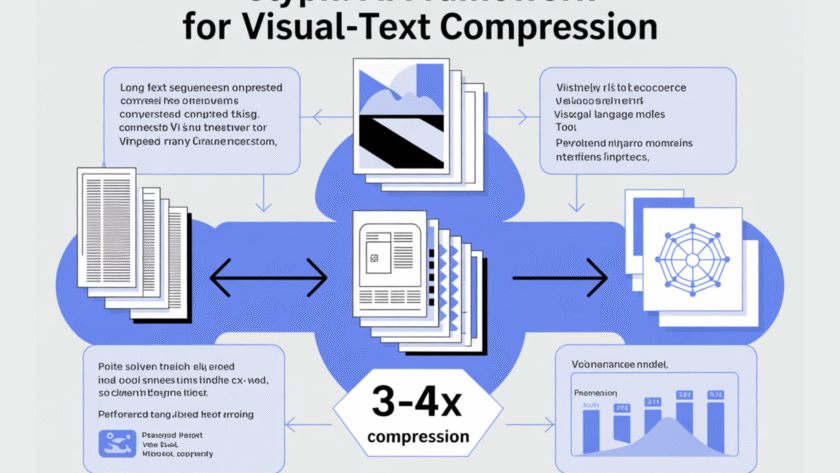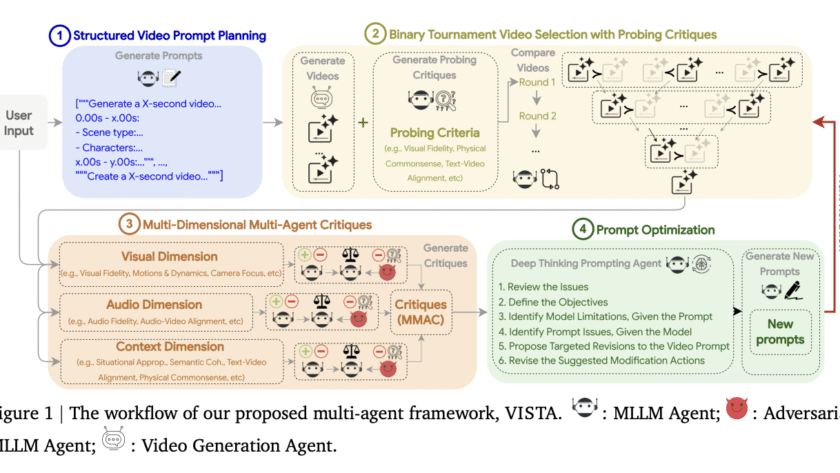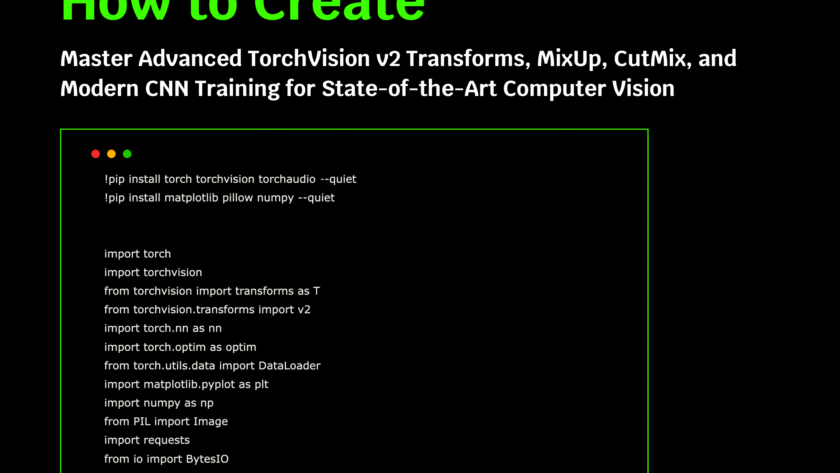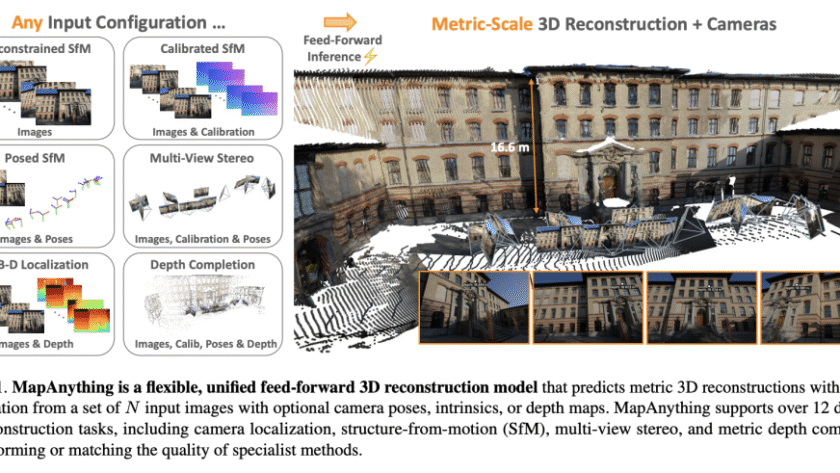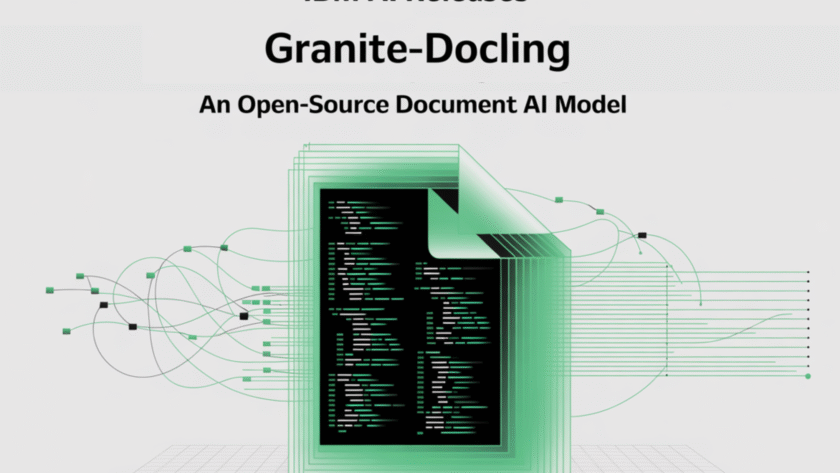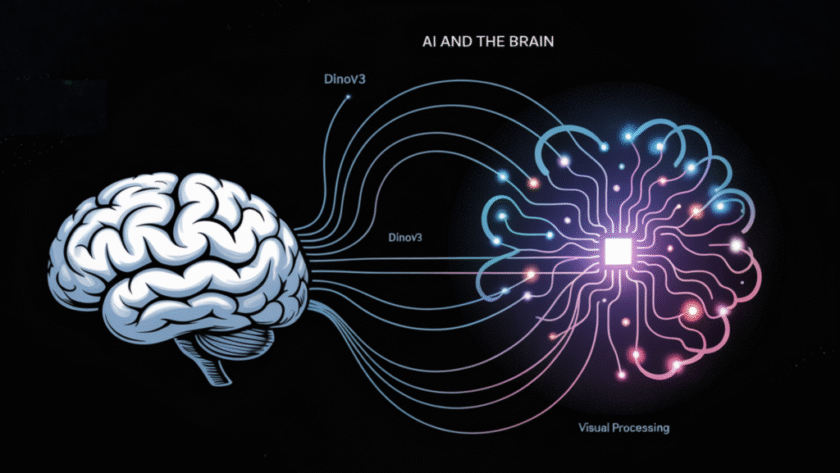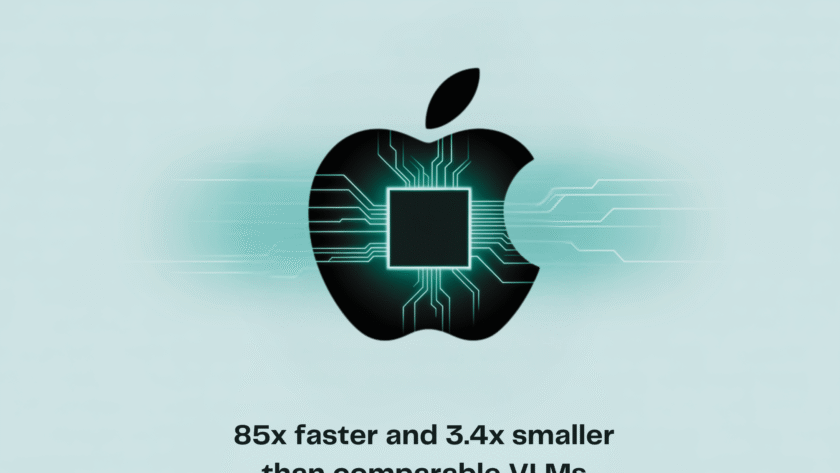A team of Salesforce AI researchers introduced WALT (Web Agents that Learn Tools), a framework that reverse-engineers latent website functionality into reusable invocable tools. It reframes browser automation around callable tools rather than long chains of clicks. Agents then call operations such as search, filter, sort, post_comment, and create_listing. This reduces dependence on large language…



